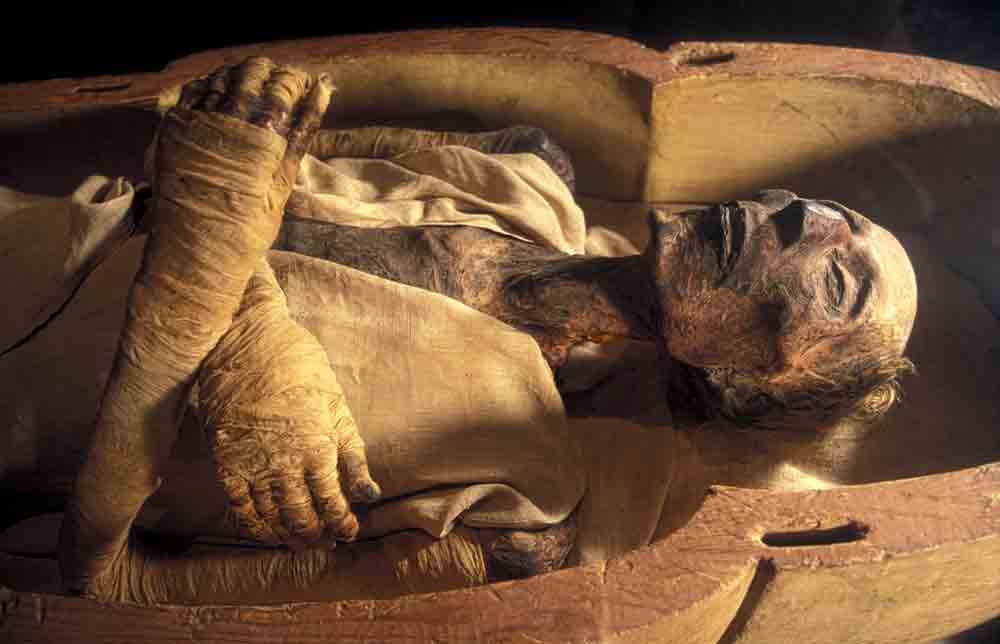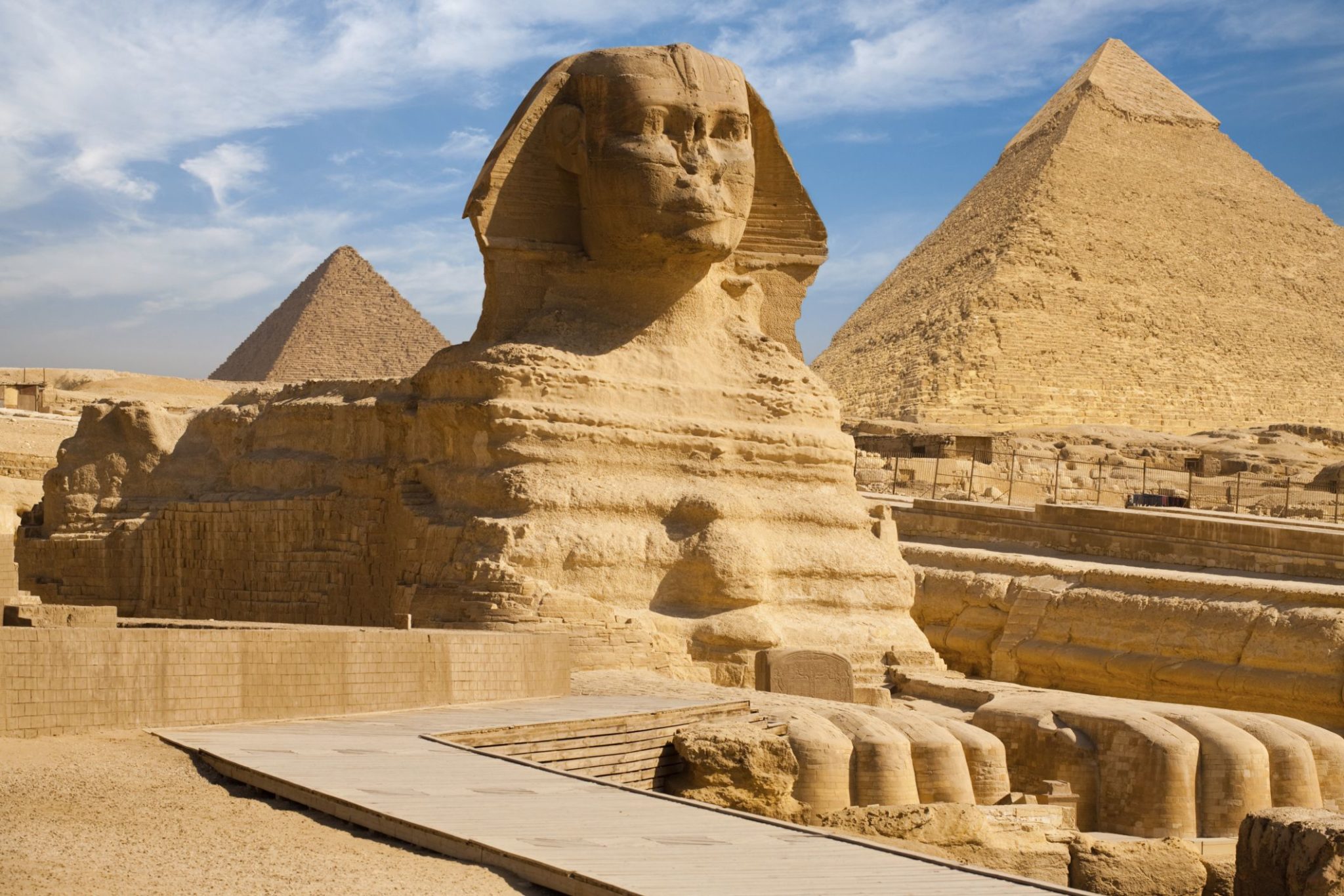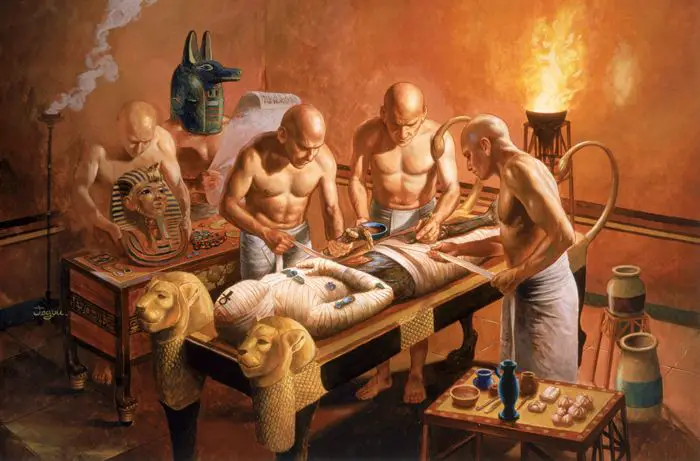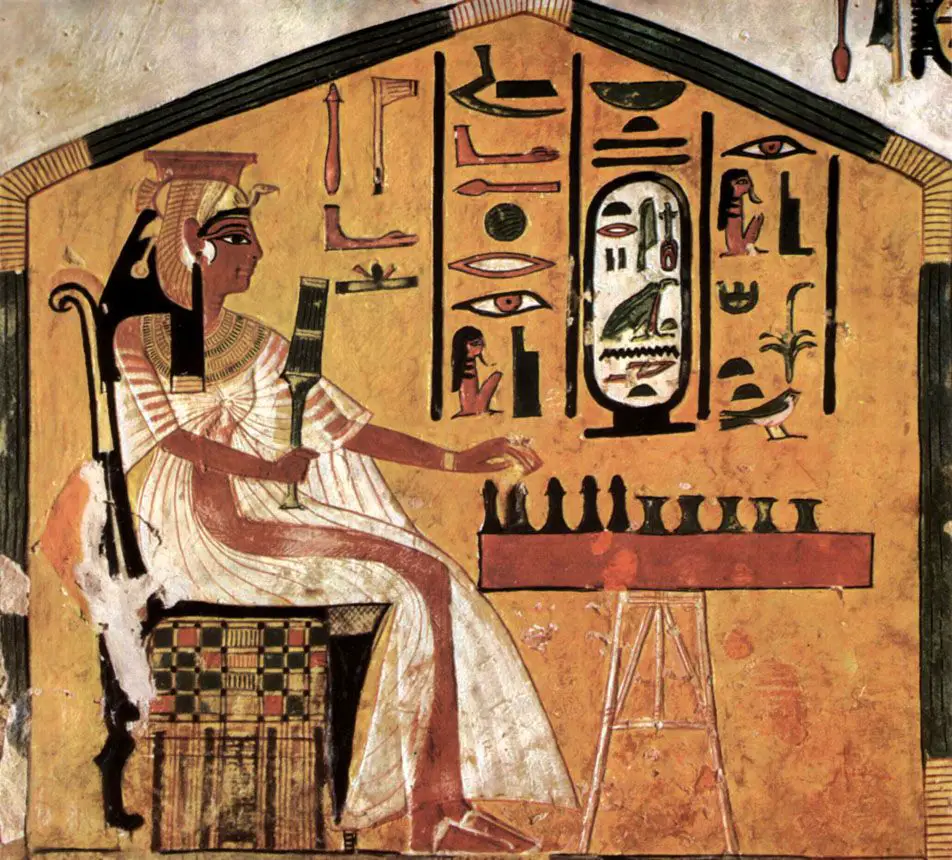The Curse Of The Egyptian Mummies


In India, the word “Mummy” is not just a word, it is an emotion. In other places though, mummies are perceived differently altogether. One such place is Egypt. Whenever one thinks of Egypt, the great Sphinx is something that definitely comes to our minds. And the pyramids that add to Egypt’s beauty are definitely a plus! But it’s not just the charm of those pyramids that lure people to it. It’s what lies in them.
The very first pyramid was built in the Third Dynasty around 1700 BC by a pharaoh named Djoser and his architect Imhotep. These pyramids were home to all the mummies of the dead citizens of Egypt. Mummification is a process of preserving a deceased body by natural processes or intentionally by using chemicals to prevent it from decaying. In the earlier times, mummification was a natural phenomenon since the graves that were dug for the dead bodies were very shallow. Also, the bodies would naturally get dehydrated due to the extremely hot temperatures. But during the Second Dynasty, the mummification process came to be known as sacred. The Egyptians made it a point to mummify the body of every person who died since it assured the well-being of the dead in the afterlife.

Apart from this, the Egyptians were strong believers in curses and blessings. They sure didn’t like their things being muddled by anybody and as a preventive measure, placed curses on their belongings. The Egyptians also practiced black magic while performing funeral rites. This was why the Arabs who had conquered Egypt were asked to stay away from the mummies and their sacred tombs. These tombs had paintings that depicted that if the mummies were disturbed in any way, they could come back to life just to seek revenge. None of the Arabs dared to think otherwise.

King Tutankhamun ruled Egypt during the 18th Dynasty. It is said that there were 26 people present when his tomb was opened in 1923. People actually started believing in the Egyptian curses when 13 of the 26 people present, breathed their last one by one, shortly after the tomb was opened. The causes of their death are quite perplexing and nobody is sure of what really happened.
Another similar incident happened in 1699 when a Polish traveler traveled with two mummies in his ship. He narrated his petrifying experience in his writings which said that the ship faced terrible storms and rough waters. And it only calmed down after he threw the mummies into the water.
Often, the curses are written on the walls of the tombs that hold the mummies. In the tomb of Senmut, the curse written translates to “His lifetime shall not exist on earth.” While the curse on the tomb of the high Priest of Hermeru says “I shall seize his neck like that of a goose.” On the tomb of Pennout, it is written: “He will be miserable and persecuted.”
On the contrary, there was a boy named Zahi Hawass who was actually blessed by the mummy of King Ahmose I. It is said that Zahi was suffering from a terminal illness. The moment he looked into the King’s eyes, he was magically cured. Nobody could explain what had happened and people were left with no choice but to believe that it was King Ahmose’s blessing. But soon enough, when Zahi was excavating an Egyptian tomb, he lost his cousin, uncle and aunt. And this was on the first, second and third anniversary of the excavation. He then learned that the tomb was cursed and it was best left untouched. We better learn from his mistakes if we wish to keep those mummies at bay!



